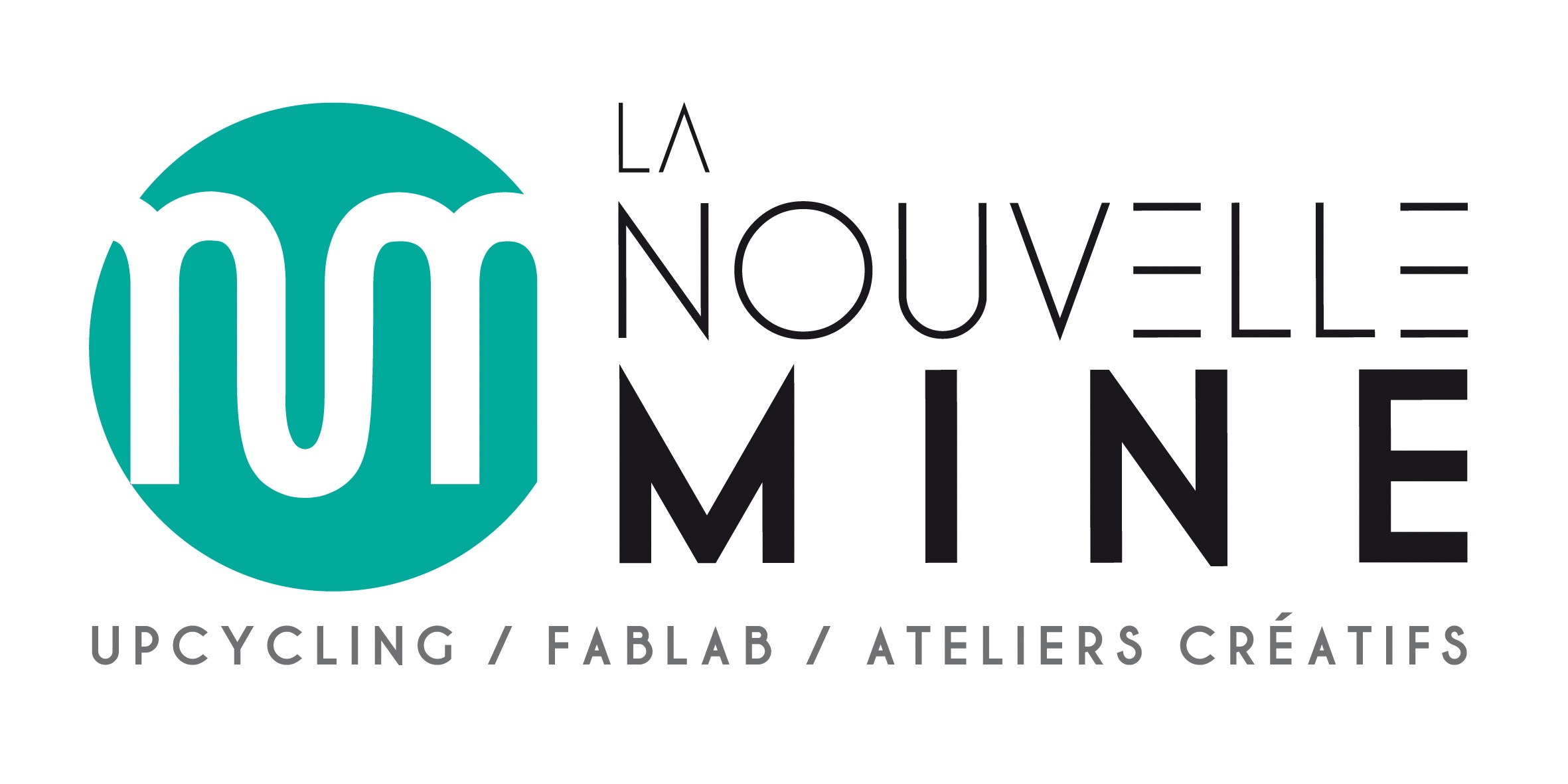Final October, NPQ covered the general public Service Loan Forgiveness (PSLF) system and noted compared to the very first 19,321 applications submitted for loan forgiveness, a grand total of 55 passed muster. Those figures arrived on the scene a year ago from a national Accountability workplace (GAO) report and had been centered on requests submitted at the time of April 2018.
Based on Michelle Hackman associated with Wall Street Journal, information is available nowadays through March 2019 additionally the true figures are…not better.
As Hackman writes, “More than 73,000 men and women have sent applications for financial obligation forgiveness at the time of March 31 for this in accordance with Education Department information, but simply 864 experienced their loans erased. Year”
Although the likelihood of getting loan forgiveness authorized have actually quadrupled—from 0.3 per cent to 1.2 percent—it’s no real surprise one other 98.8 per cent are none too pleased.
Back 2016, articles in NPQ by Nancy Berlin and peers at CalNonprofits extolled the benefits associated with PSLF system:
The government provides a system which makes remaining in the general public sector easier: Public Service Loan Forgiveness. PSLF eliminates your financial troubles after ten years of payments. Shockingly few individuals realize about this system (see the chart below) however it may bring debt that is life-changing to 1000s of nonprofit employees—and it is additionally an excellent recruiting tool for nonprofit professional directors and HR managers.
In summary, the PSLF is just a federal system through the Department of Education that will help nonprofit staff with pupil debt stay static in the sector by forgiving the total amount of these figuratively speaking after ten years of repayments. Since 120 qualifying re payments needs to be made on qualified student that is federal after October 1, 2007, the initial applications for credit card debt relief is accepted in October of 2017.
You can realize the passion. Plainly, having financial obligation written down after a decade could be life-changing, if implemented. Rather, it is been a nightmare that is bureaucratic. Tripwires are just about everywhere. As Hackman describes, to qualify for forgiveness, a debtor “must work with a federal government entity or nonprofit, hold a specific kind of loan, sign up for one of many particular payment plans and work out 120 full and on-time monthly obligations, or 10 years’ worth. Dropping quick on virtually any of those needs often means disqualification. ” Hackman adds that “antipathy from conservatives—particularly into the Trump administration—who would like the scheduled system had never ever been developed” have actually exacerbated this.
Rejections occur for most reasons. Based on the United States Department of Education, one out of six (16 percent) “borrowers had the incorrect form of loan, making them permanently ineligible. ” Another 25 percent, notes Hoffman, “were turned away as a result of lacking information in applications, a possibly fixable error. ” About 53 per cent had been rejected for perhaps maybe perhaps not making sufficient re re payments, which may be considered https://speedyloan.net/installment-loans-il/ a) a counting mistake or b) having an ineligible repayment arrange for area of the period that is 10-year.
How numerous ways can one end up in that 98.8 % rejection price? A Few. One issue impacting numerous legislation pupils has to do with the truth that from 2007 to 2010, when loans could either originate from a bank or the authorities, only federal federal government loans had been forgivable, but the majority of legislation college loans had been from personal banking institutions.
“Congress, ” Hoffman notes, “went on to remove federally assured personal loans totally this year, making all future loans qualified to receive public-service release, but personal loans applied for before that point stayed ineligible. ”
Then there’s the tale of Bonnie Svitavsky, whom Hoffman profiles. Svitavsky accumulated education loan financial obligation to have two master’s levels and it has struggled to obtain a decade in a library that is public Tacoma, Washington.
Hoffman explains her tale: First, Svitavsky destroyed 23 months because her servicer had her on a extensive payment plan, which will be ineligible for forgiveness. Happily, led by Senator Elizabeth Warren (D-MA), Congress developed a fund that is temporary of700 million to permit workarounds, but just 442 have actually achieved loan forgiveness through this measure.
In terms of Svitavsky, with those 23 payments credited, she filed for forgiveness of her $80,000 loan stability once again in 2018 august. But because three servicers had managed her account, she missed one payment each time there clearly was transfer. Rejection number 2. Then she made those three re payments, used once again, and ended up being refused a time that is third. Her situation happens to be under appeal.
Svitavsky undoubtedly talks for several whenever she informs Hoffman, “It’s profoundly aggravating, you’re done, and you’ve jumped through all these hoops because you know. It feels as though a broken promise. ”—Steve Dubb
